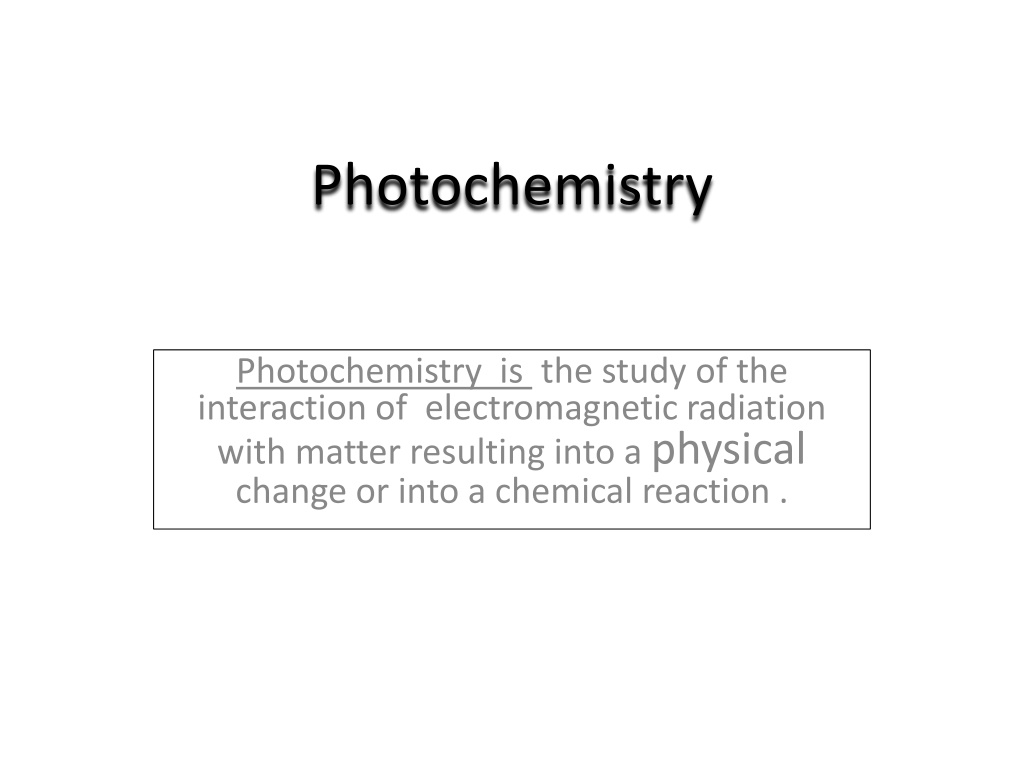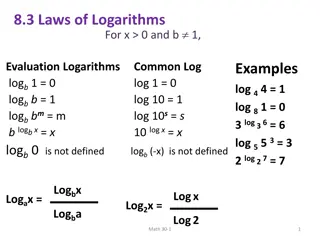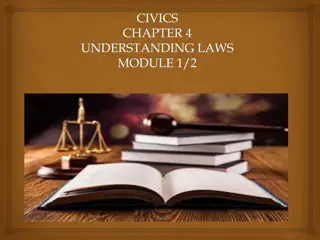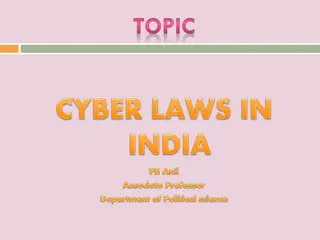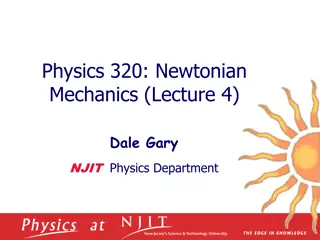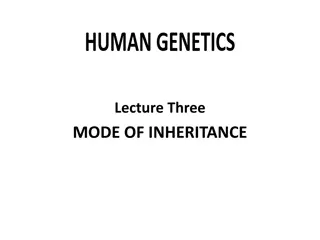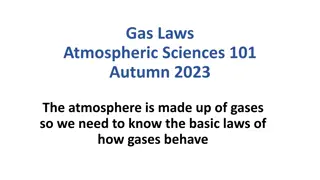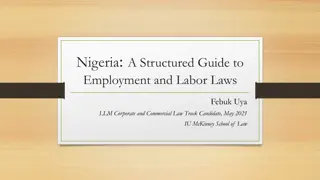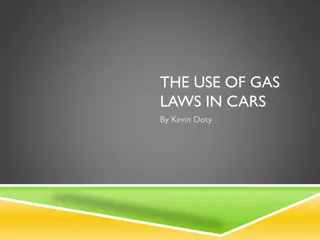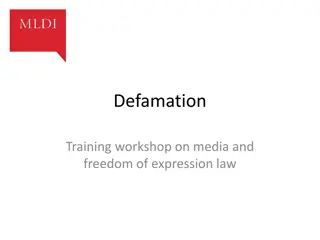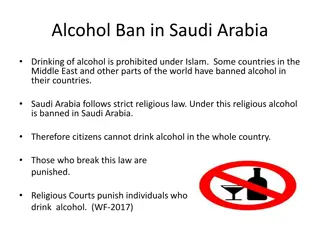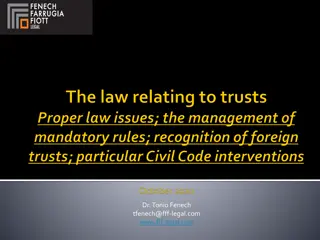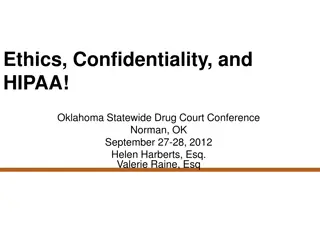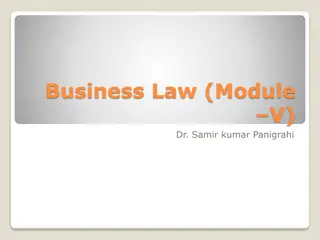Understanding Photochemistry and Its Laws
Photochemistry is the study of how electromagnetic radiation interacts with matter to induce physical or chemical changes. This process involves primary processes like dissociation and isomerization, governed by laws such as Lambert's Law and Beer's Law. Einstein's laws further explain the quantum efficiency of reactions in terms of light absorption. These principles are crucial for understanding the behavior of molecules under light exposure.
Download Presentation

Please find below an Image/Link to download the presentation.
The content on the website is provided AS IS for your information and personal use only. It may not be sold, licensed, or shared on other websites without obtaining consent from the author. Download presentation by click this link. If you encounter any issues during the download, it is possible that the publisher has removed the file from their server.
E N D
Presentation Transcript
Photochemistry Photochemistry is the study of the interaction of electromagnetic radiation with matter resulting into a physical change or into a chemical reaction .
Primary Processes One molecule is excited into an electronically excited state by absorption of a photon, it can undergo a number of different primary processes. Photochemical processes are those in which the excited species dissociates, isomerizes, rearranges, or react with another molecule. Photophysical processes include radiative transitions in which the excited molecule emits light in the form of fluorescence or phosphorescence and returns to the ground state, and intramolecular non-radiative transitions in which some or all of the energy of the absorbed photon is ultimately converted to heat.
Laws Governing Absorption Of Light Lambert s Law: This law states that decrease in the intensity of monochromatic light with the thickness of the absorbing medium is proportional to the intensity of incident light. -dI/dx I or -dI/dx=KI,which on integration changes to I=I0 e-Kx Where I 0 = intensity of incident light. I=intensity of transmitted light. K= absorption co efficient.
Beers Law :It states that decrease in the intensity of monochromatic light with the thickness of the solution is not only proportional to the intensity of the incident light but also to the concentration c of the solution. Mathematically, -dI/dx Ic or -dI/dx = Ic ,which on integration changes to I=I0 e- CX Where, = molar absorption coefficient or molar extinction coefficient.
Laws governing Photochemistry Grotthus-Draper Law: Only the light which is absorbed by a molecule can be effective in producing photochemical changes in the molecule. Stark-Einstein s Law ( Second Law of Photochemistry): It states that for each photon of light absorbed by a chemical system, only one molecule is activated for reaction. The energy absorbed by of the reacting molecules is given by This energy is called one einstein. a photochemical one mole E=Nhv.
Numerical value of Einstein In CGS Units E=2.86/ (cm) cal per mole or 2.86X105 / (A0) K cal per mole In SI units E=0.1197/ (m) J mol -1 Or 11.97X10-5/ (m) KJ mol-1
Interpretation Of Einsteins Law In terms of Quantum efficiency : Quantum Efficieny = No. of molecules reacting in a given time No.of quantas of light absorbed in the same time Experimentally, =rate of chemical reaction quanta absorbed per second.
Quantum Yield In the photolysis of Cl2and H2, HClcan be as high as 1 million. Cl2+ h 2Cl Cl + H2 HCl + H (exothermic) H + Cl2 HCl + H In the photolysis of Br2and H2, HBris very low i.e about 0.01 Br2+ h 2Br Br+ H2 HBr+ H (endothermic) H + Br2 HBr + Br
